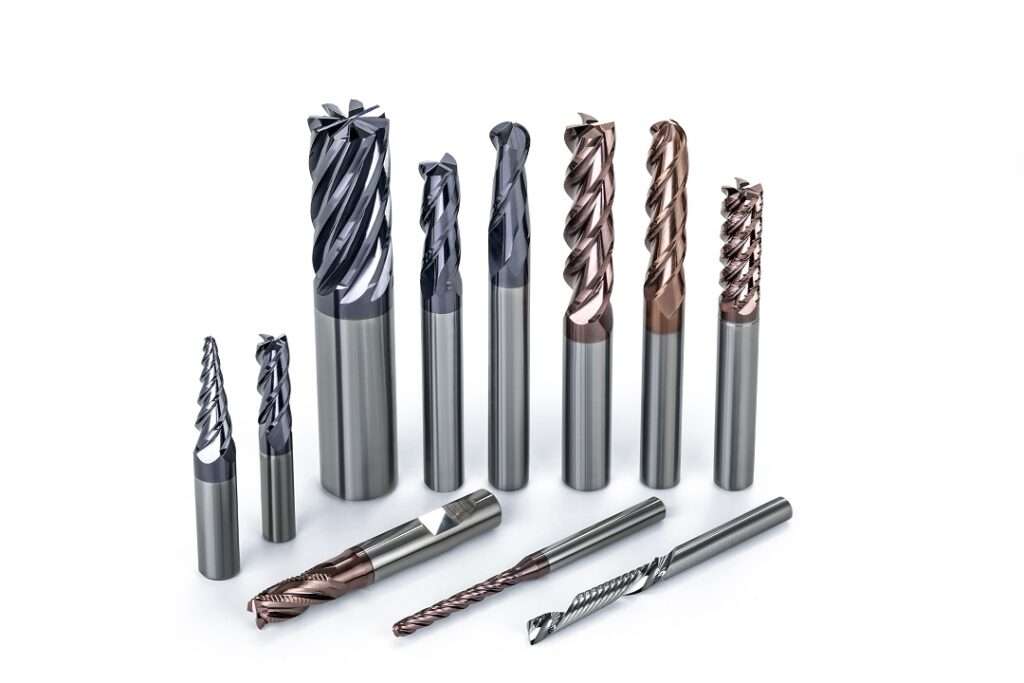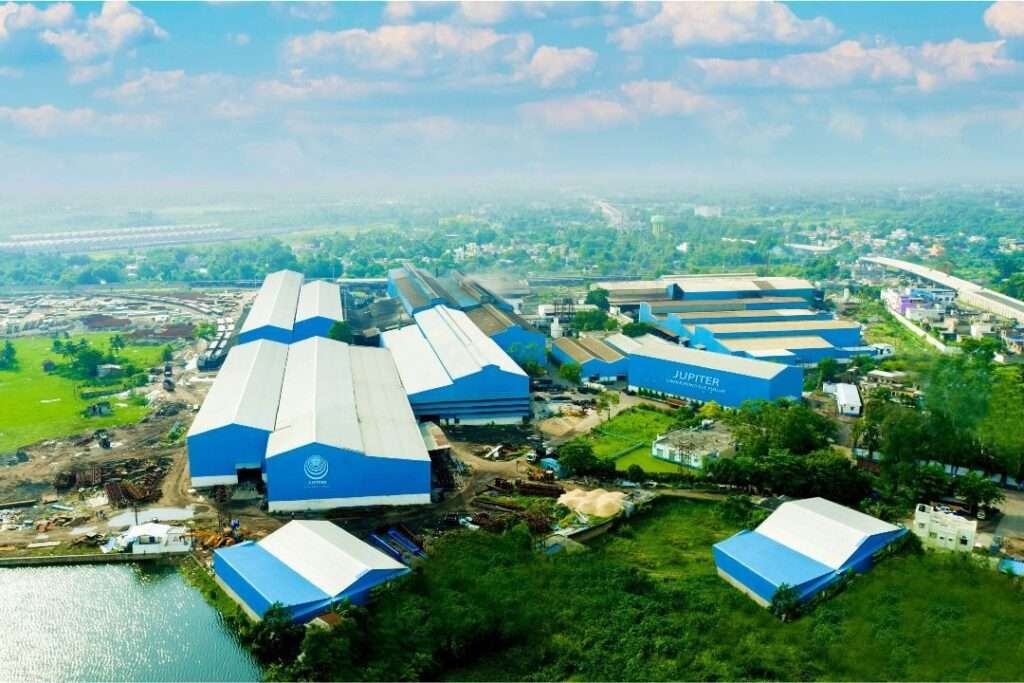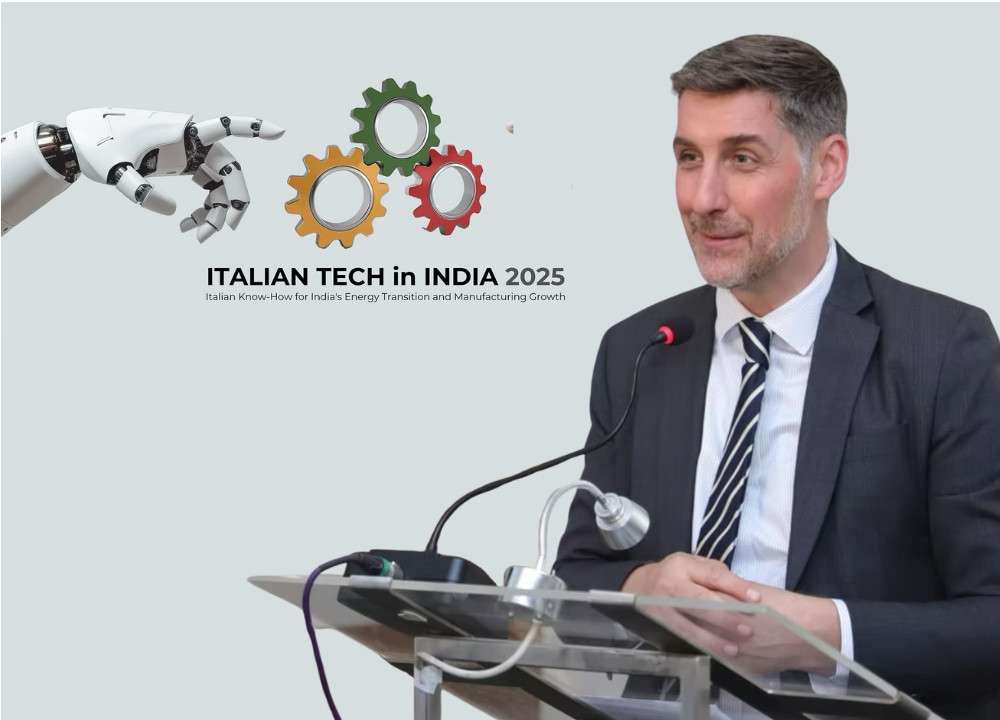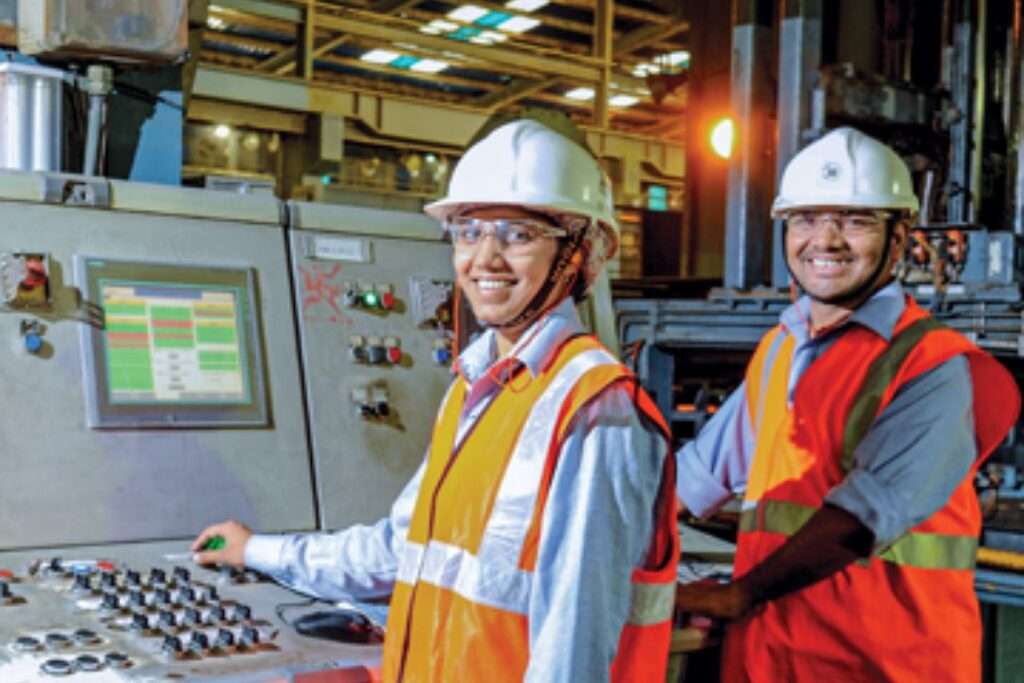India’s semiconductor sector has the potential to reach USD 40 billion by 2030 with a focus on developing its supply chain, including the chemicals and gases used in chip manufacturing, according to Ashok Chandak, President of the India Electronics and Semiconductor Association (IESA). Speaking at the IESA Vision Summit, Chandak emphasized the complexity of semiconductor production, noting that chip manufacturing involves a global supply chain spanning over 10 countries.
To succeed in semiconductor manufacturing, India must develop a robust supply chain, including essential materials, chemicals, and gases, in tandem with the plants that will produce the chips. In 2022, IESA published a report outlining the foundational steps needed to establish a semiconductor ecosystem in India. Chandak revealed that IESA has since released a follow-up report detailing specific manufacturing opportunities for the country.
“Globally, the semiconductor supply chain market is projected to reach USD 420 billion by 2030. If India can capture a 10% share of this, it could lead to a USD 40 billion opportunity,” Chandak said, noting that global companies could set up operations in India to serve both the domestic market and export needs. According to the report, India’s semiconductor industry could grow to USD 10 billion by 2030 with the current infrastructure in place.
The IESA’s semiconductor supply chain report also highlights the demand for skilled labor, estimating that India will need 1.5 million skilled workers and 5 million semi-skilled workers across the value chain by 2026-2027. Key roles will include processing engineers, equipment engineers, IC testing engineers, and capacity planning managers.
The report anticipates a significant increase in job opportunities over the next two to five years in areas such as design, manufacturing, supply chain management, materials engineering, packaging, testing, and logistics. Chandak also pointed to the growing interest from global stakeholders, as evidenced by the 19th IESA Vision Summit. Over 30 memorandums of understanding were signed at the event, including agreements between Tata Electronics, PSMC, and Himax.
“Semiconductors are at the heart of the digital revolution,” Chandak noted. “The summit saw over 2,400 registrations, with more than 1,750 attendees at the inaugural session, including over 250 international leaders, reflecting the global interest in India’s semiconductor industry.”








